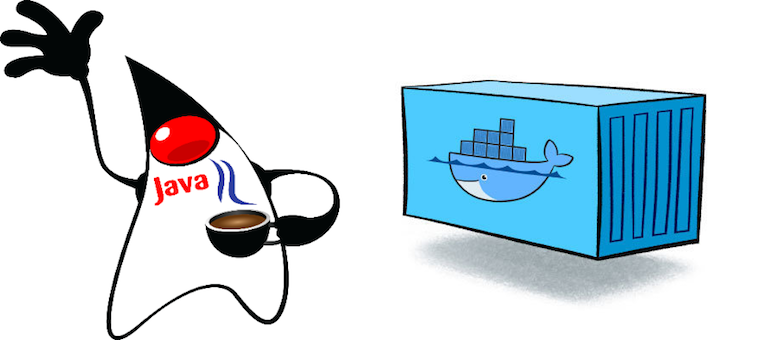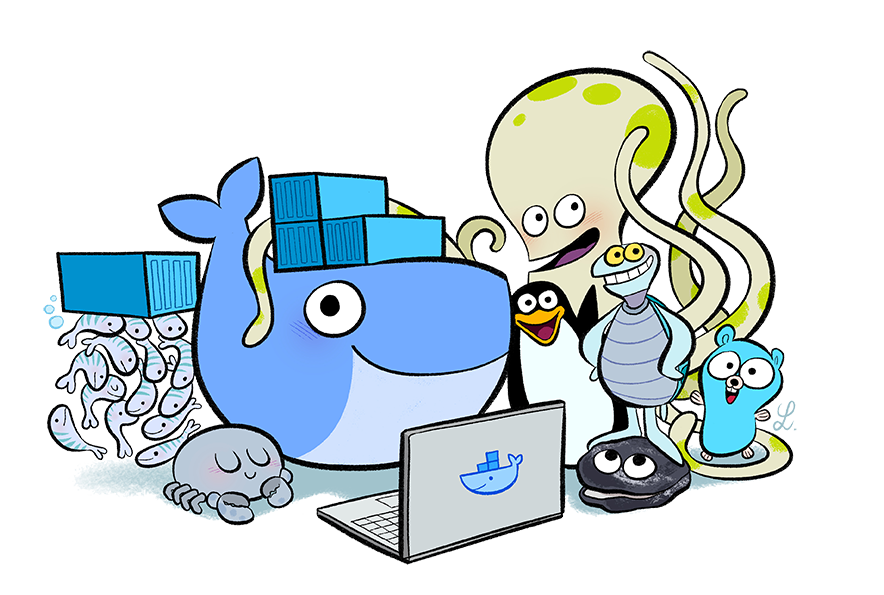Continuous Delivery and Continuous Deployment for Kubernetes microservices
Continuous Delivery and Continuous Deployment for Kubernetes microservices
THIS IS A DRAFT VERSION OF POST TO COME, PLEASE DO NOT SHARE
Starting Point
Over last years we’ve been adopting several concepts for our project, straggling to make them work together.
The first one is the Microservice Architecture. We did not start it clean and by the book, rather applied it to the already existing project: splitting big services into smaller and breaking excessive coupling. The refactoring work is not finished yet. New services, we are building, starts looking more like “microservices”, while there are still few that, I would call “micro-monoliths”. I have a feeling that this is a typical situation for an already existing project, that tries to adopt this new architecture pattern: you are almost there, but there is always a work to be done.


